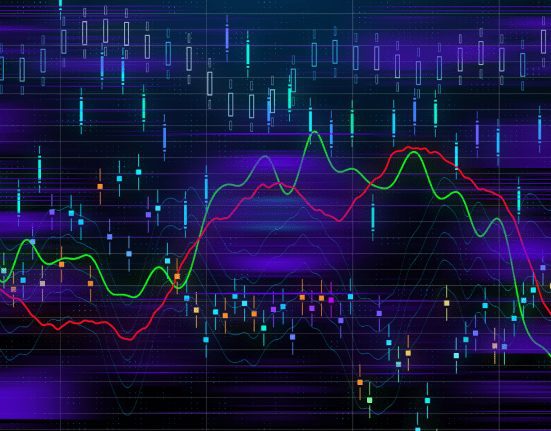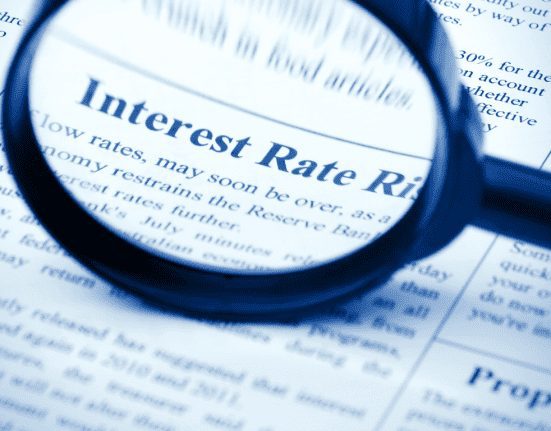The stock market can be a lucrative place for those who understand how to navigate it. Whether you’re a seasoned trader or a beginner looking to make your first investment, choosing the right instruments to trade or invest in is crucial to success. In this article, we’ll explore market conditions and how they can be evaluated; as well as different types of instruments available for trading and investment, how they function, and how to choose the right ones.
Evaluating Market Conditions:
Before executing any financial transactions or investments, you should understand the current market conditions. The stock market is dynamic and continually evolving; thus, having a thorough knowledge of it will allow you to make informed and judicious investment decisions. This will ultimately assist you in optimizing your portfolio and maximizing your return on investment.
Macroeconomic Indicators
Market conditions can be evaluated by looking at macroeconomic indicators. Macroeconomic indicators are data points that give you a snapshot of the overall health of the economy, such as gross domestic product (GDP) growth, unemployment rate, inflation rate, and consumer sentiment. When these numbers are positive–the economy is growing, unemployment is low, inflation is under control, and consumer sentiment is positive–it’s a good time to consider investing in the stock market.
Technical Analysis
Technical analysis is another method of the market evaluation. Technical analysts use charts and other indicators to identify trends and make predictions about future price movements. For example, moving averages, trend lines, and support and resistance levels can be used to determine if a stock is in a bullish or bearish trend. Combining technical analysis with an understanding of macroeconomic indicators enables investors to make informed decisions about when to buy or sell stocks.
Choosing the Right Instruments:
After you’ve evaluated the market conditions, it’s time to choose the right instruments to trade or invest in. Instruments include stocks, bonds, options, futures, and other financial products–each with its own benefits and risks.
Stocks are ownership shares in a company. When you buy a stock, you become a part-owner of that company, with rights and responsibilities similar to those of any other shareholder. Stocks offer the potential for high returns–but with high risk. If the company performs well, the stock price will go up and you can make a profit; but if it doesn’t perform well, your investment could lose value.
Bonds are debt instruments issued by companies or governments. When you buy a bond, you are lending money to the issuer in exchange for a fixed rate of interest. Bonds generally pay lower returns than stocks but also carry less risk.
Mutual funds and exchange-traded funds are investment vehicles that pool money from multiple investors to achieve economies of scale and spread risk across a wider pool of assets. These funds allow investors to benefit from the expertise of professional fund managers while achieving a level of diversification that would otherwise be difficult to achieve through individual investments. By investing in a mutual fund or ETF, you can effectively mitigate your risk exposure while gaining exposure to a broad range of assets–thereby maximizing your investment opportunities.
Options and futures are derivative securities that give investors the right, but not the obligation, to buy or sell an underlying asset at a set price in the future. Options and futures can be used for hedging or speculative purposes, but they are risky instruments for inexperienced investors because of their complexity and the high degree of leverage involved. It’s important to understand the risks and mechanics of options and futures before considering them as part of your investment strategy.
Conclusion:
The stock market can be a complex and challenging place, but with the right knowledge, approach, and instruments, you can increase your chances of making profitable trades or investments. Macroeconomic indicators can help you evaluate market conditions and choose the right instruments to trade in or invest in. Whether you’re a beginner or a seasoned trader, it’s important to educate yourself about different types of instruments and market conditions, as well as the risks involved with each instrument. With the right knowledge and strategy, you can master the markets and achieve your financial goals.










